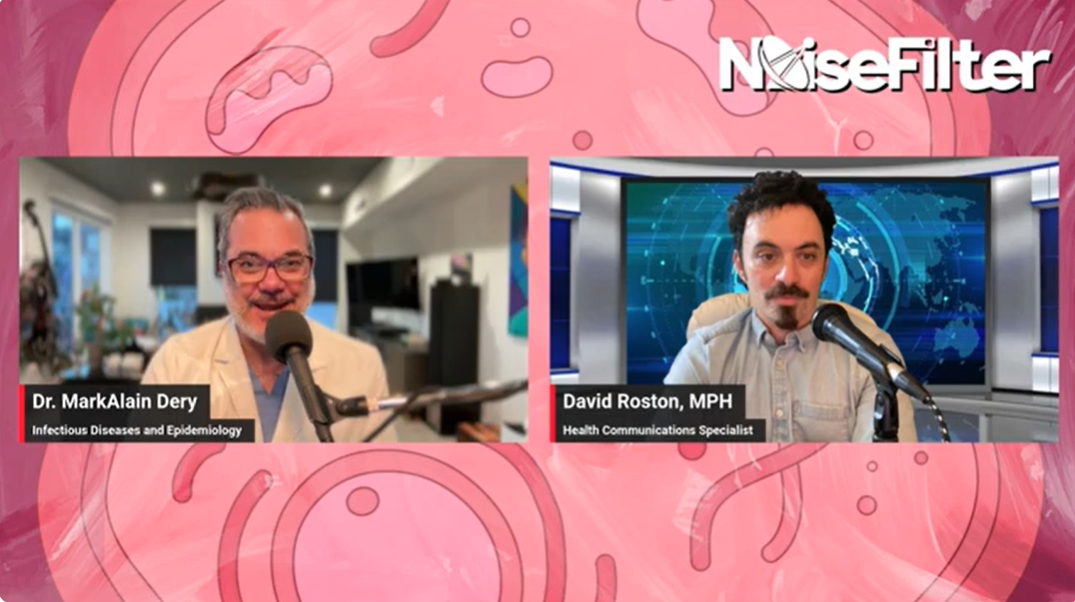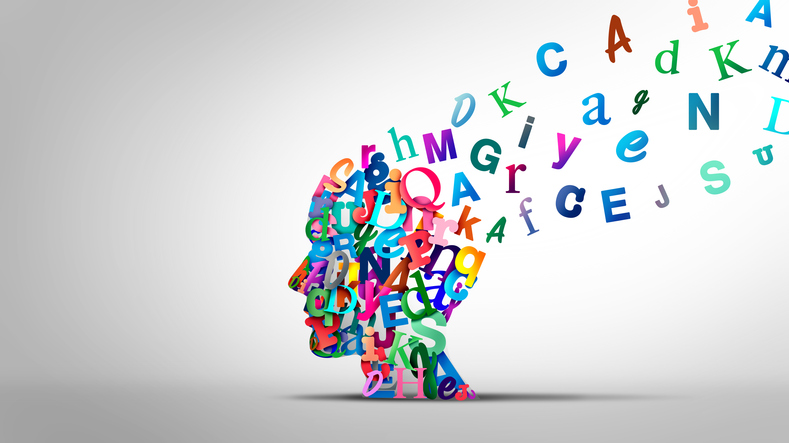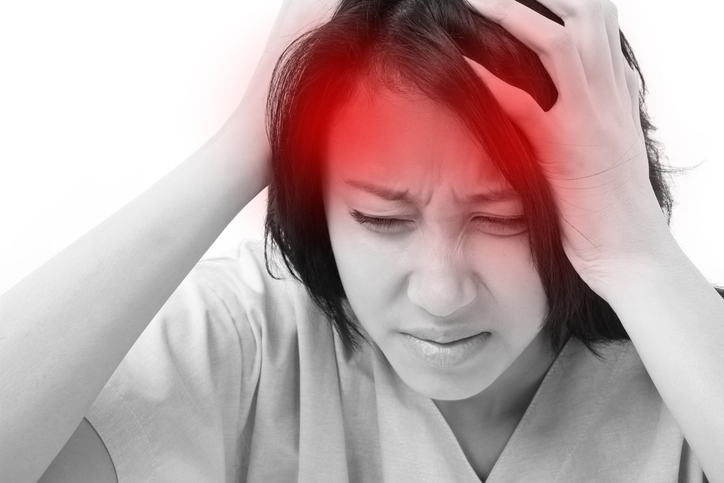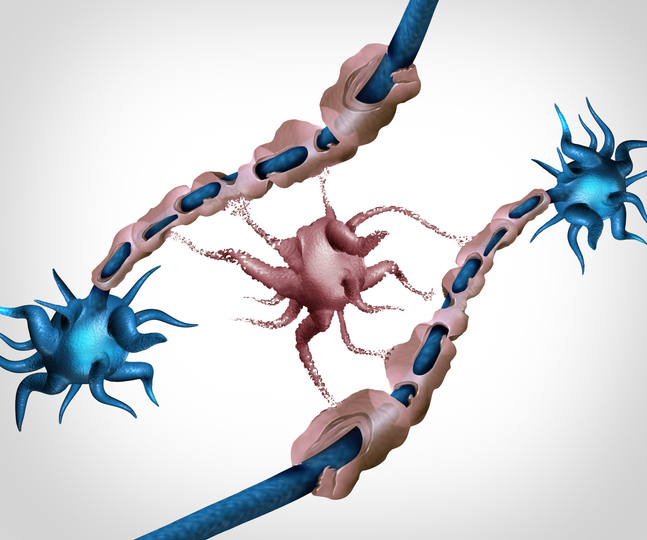
For the first time, the Food and Drug Administration (FDA) has approved the Monarch external Trigeminal Nerve Stimulation (eTNS) System a non-drug device treatment for children with attention deficit hyperactivity disorder (ADHD). Here are four fast facts about the device:
- The device is called the Monarch external Trigeminal Nerve Stimulation (eTNS) System and is marketed by NeuroSigma. Only available by prescription, it is indicated for ADHD patients aged between seven and 12 years old not currently taking prescription ADHD medication.
- Use of the Monarch eTNS system must be monitored by a caregiver.
- It is about the size of a cell phone and works by sending the patient a low-level electrical pulse through a wire connected to a patch placed on the patient’s forehead—while the patient is asleep. It creates “a tingling sensation on the skin,” according to the FDA. It may take up to four weeks to take effect.
- While the mechanisms behind eTNS are not entirely understood, previous data have shown that eTNS stimulates brain activity in areas that involve attention, emotion, and behavior.
The first medical device to treat children with ADHD has been approved by the FDA. https://t.co/g8y47ppfkg pic.twitter.com/TQOWzlHbqn
— WebMD (@WebMD) April 22, 2019
“This new device offers a safe, non-drug option for treatment of ADHD in pediatric patients through the use of mild nerve stimulation, a first of its kind,” said Carlos Peña, PhD, director of the Division of Neurological and Physical Medicine Devices in the FDA’s Center for Devices and Radiological Health, in the FDA’s statement. “[The approval] reflects our deep commitment to working with device manufacturers to advance the development of pediatric medical devices so that children have access to innovative, safe and effective medical devices that meet their unique needs.”
The FDA has cleared for marketing the first medical device, known as the Monarch external trigeminal nerve stimulation system, to treat attention-deficit/hyperactivity disorder (#ADHD).
— PhysiciansFirstWatch (@Physns1stWatch) April 23, 2019
Small Clinical Trial Demonstrates Safety, Efficacy
The effectiveness of trigeminal nerve stimulation (TNS) in treating ADHD was evaluated in a double-blind, sham-controlled study published in the April issue of the Journal of the American Academy of Child & Adolescent Psychiatry. The trial included 62 children aged between eight and 12 years old with a full-scale IQ ≥ 85 and Schedule for Affective Disorders and Schizophrenia–diagnosed ADHD. Patients randomly received four weeks of daily active or sham TNS treatment and one week of no intervention. Patients underwent ADHD Rating Scales (ADHD-RS) and Clinical Global Impression (CGI) scales assessments each week, as well as baseline and four-week quantitative electroencephalography.
FDA signs off on 1st non drug device for treating #ADHD in children. The Monarch external Trigeminal Nerve Stimulation (eTNS) System, (prescription-only) is for children ages 7 /12 who are not currently taking ADHD prescription medication. https://t.co/Ju5uJmh1kE via @usatoday
— C. Michael Gibson MD (@CMichaelGibson) April 21, 2019
FDA Approves Digital Health Treatment for Children Living With ADHD https://t.co/0tfSHLhmch
— David Lee Scher, MD (@dlschermd) April 22, 2019
The researchers observed significant improvement in ADHD-RS total scores: “At the end of week four, the average ADHD-RS score in the active group decreased from 34.1 points at baseline to 23.4 points, versus a decrease from 33.7 to 27.5 points in the placebo group,” the FDA wrote in its statement.
The study authors also reported improved CGI-Improvement scores in active TNS patients. “Resting-state quantitative electroencephalography showed increased spectral power in the right frontal and frontal midline frequency bands with active TNS,” they further observed, adding that no significant adverse events took place.
The FDA listed drowsiness, increased appetite, trouble sleeping, teeth clenching, headache, and fatigue as the most common side effects.
Say it isn’t true that @US_FDA approved Trigeminal nerve stimulation for ADHD based on a single trial of only 62 children (divided on two conditions) with not more than 4 weeks follow-up. https://t.co/HPsxWoWnVO
— Joar Øveraas Halvorsen (@joarhalvorsen) April 23, 2019
FDA Allows Marketing of ADHD Treatment Device@AmerMedicalAssn @AmerAcadPeds https://t.co/j2OExFCzw7
— Joseph N Macaluso MD FACS (@MacalusoJoseph) April 23, 2019







 © 2025 Mashup Media, LLC, a Formedics Property. All Rights Reserved.
© 2025 Mashup Media, LLC, a Formedics Property. All Rights Reserved.